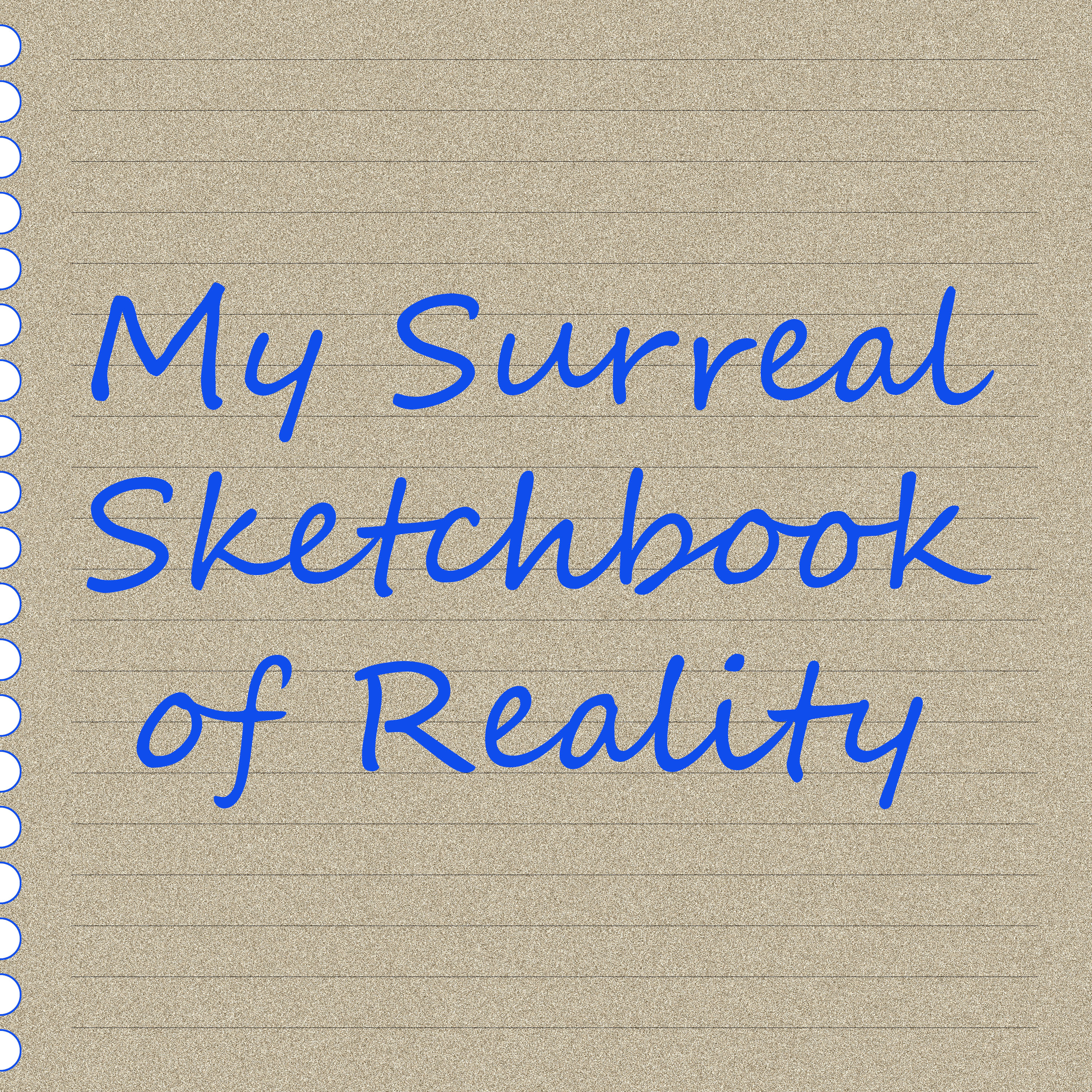- Fiction
- RELATED
Eyes are Cameras

Smoke Rings - a 100 word story\n\n\n\nA man, or a mere impression of one. He rises from the chimney of some factory or another, taking shape from the smoke. He hovers above the city, carried by the wind, the result of a secret project. Eyes are cameras, ears are receivers, recording silently. No door can hold him. Built from the latest in nanotechnology, he just blows underneath like smoke. His brain has the computing power of a supercomputer. The results are being sent for processing at a secret facility. He is just the prototype. More are being created. Watch out from the fog, it\u2019s coming alive.\n\n\n\n-----\n\n\n\nHi there and thanks for stopping by. I\u2019m Guy, and you\u2019re listening to my surreal sketchbook of reality.\n\n\n\n-----\n\n\n\nEpisode 25, Eyes are Cameras\n\n\n\nWe know what a chicken is, or - do we? This episode Is a semi-philosophical look at the idea of chicken. I\u2019m not a professional philosopher by any means and my approach can be quite absurd, illogical and not at all that serious, so - you've been warned. Do not take this podcast too seriously. If you tend to take things too seriously, this might not be the podcast for you. Seriously. I mean it. Find another podcast to listen to.\n\n\n\nYou\u2019re still here? Good. Let\u2019s talk about chicken. What makes a chicken what it is? Is it the shape of the chicken? Is it what it sounds like? The way it walks? The way it talks? You might begin by saying a chicken is a flightless bird, that is a bird that can\u2019t fly. There are other flightless birds so that wouldn\u2019t be what defines a chicken but merely one of the chicken\u2019s characteristics or traits. Could you say a chicken is a collection of traits that make up a chicken? Do we need all of those traits to coexist in order for a chicken to be a chicken or is there one unique trait that makes a chicken a chicken. What is that one elusive trait that is uniquely chicken?\n\n\n\nWhen we dig deeper into a chicken, we find a strand of DNA just sitting there, waiting to be found. DNA is the blueprint of any living organism or creature, a recipe for the makeup of that creature and the most unique trait of that creature. The chicken has her own unique DNA like every other living being and the sequence of that DNA can be sequenced and then mapped. No other creature has that same unique DNA map, so you can say that the unique DNA sequence that resides inside a chicken is what defines the making of a chicken. All this talk about the making of a chicken made me hungry. I think I\u2019ll make a chicken for lunch today. I\u2019ll be right back.\n\n\n\n-----\n\n\n\nThe Science of Beauty - a 100 word story\n\n\n\nThey say beauty is in the eye of the beholder, so some scientists started dissecting eyes, searching for the exact place where beauty resides. First, they dissected the eyes of mice, got them nowhere. They dissected the eyes of convicted criminals, dead ones at first, but then someone reasoned that having some real-time input from subjects could result in important data. It didn\u2019t work either. Someone pointed out criminals didn\u2019t really have a sense of beauty, so they tried using the eyes of artists, poets, and musicians. When they finished, they looked around them to find a world without beauty.\n\n\n\n-----\n\n\n\nWelcome back. So, we say that the chicken DNA is what defines our chicken. What if we cook the chicken? That chicken soup still has those DNA strands in it. Does this mean the soup is a chicken? If it doesn\u2019t, when does the chicken stop being a chicken? Is it when the last strand of DNA dissolves? Is it when we eat the chicken and it becomes part of us? Maybe DNA is not all that makes up a chicken. Maybe it\u2019s a collection of DNA and other traits. It would seem that being alive is one such trait, but then it also seems that a dead chicken is still a chicken.\n\n\n\nLet\u2019s say someone builds a mechanical chicken. Is it still a chicken? We might say a mechanical chicken is not really a chicken, the same way that a drawing of a pipe isn\u2019t really a pipe. What then if we take an actual chicken